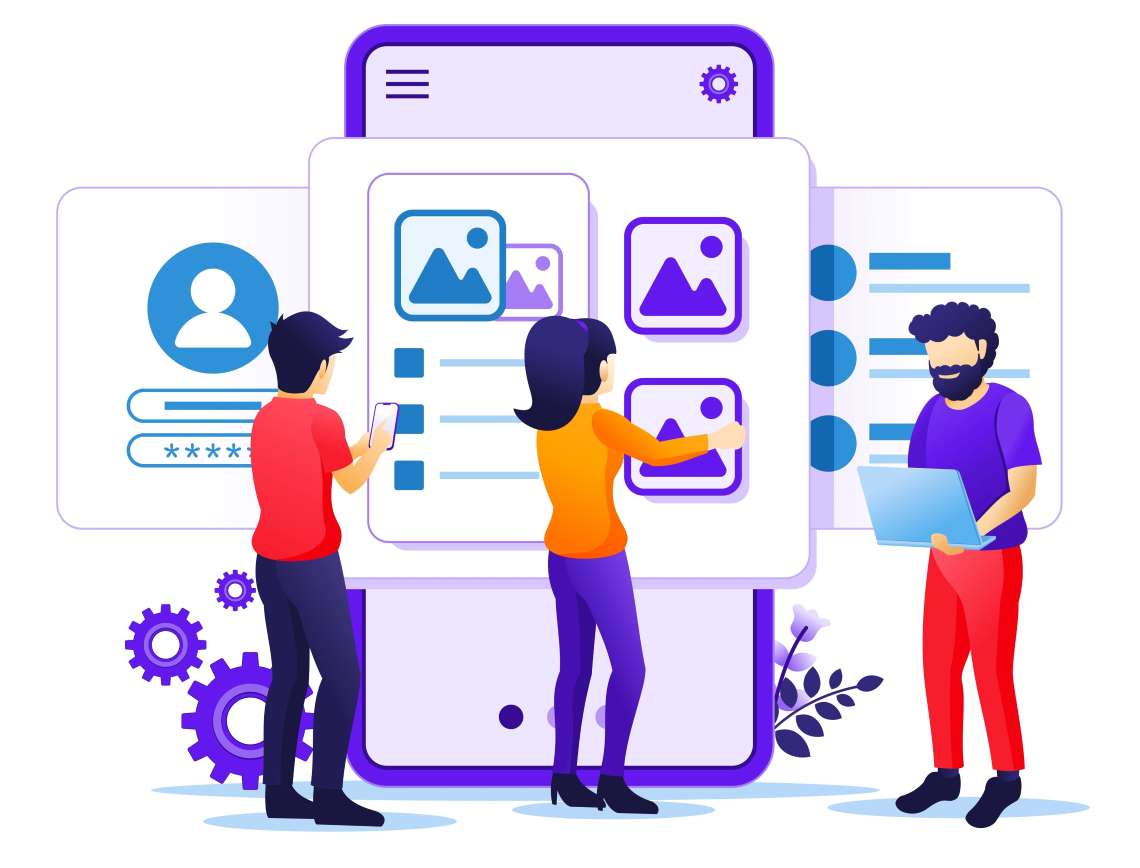Machine learning is one of those buzzwords that is often used, and sometimes abused…
Don’t get me wrong, it’s a super powerful tool in the age of data, but what does it really mean? And what does it actually deliver for digital and mobile marketers in particular?
In the most basic terms, machine learning is the application of Artificial Intelligence (AI) that enables a system to autonomously learn. AI attempts to simulate human intelligence, whereas machine learning pulls from past data and independently applies it to the performance of tasks. Over time, and with ever-increasing volumes of data, the machine is able to learn from previous tasks and improve the accuracy for decision making and predictions.
In digital marketing, machine learning algorithms can help understand trends in user behavior so that we can predict how valuable these users might be over time.
With the introduction of iOS 14 and its attribution limitations, the importance of predictions to enable app marketers to be equally effective rises significantly.
Machine learning also plays a key role in audience segmentation, personalization, media buying, creative optimization, and process automation.
In this blog we will explore the role and value of machine learning in digital marketing and specifically mobile app marketing, while providing specific use cases and relevant examples.
Intelligent, data-driven analysis in digital marketing
One of the key characteristics of digital marketing is the collection of data for campaign optimization.
Since all marketers collect data and are able to carry out some form of analysis, where they differ is in their ability to apply this data intelligently. That means investing in the right tools, the right infrastructure, and the right team (especially data scientists) to draw meaningful insights that actually drive business growth.
But data is only a means to an end, and basic analysis, such as CTRs, CTIs and CPAs are no longer sufficient. Advanced tools such as predictive analytics and machine learning are needed to take data and decision-making to the next level.
One such advanced use lies in the opportunity to take this data and apply machine learning techniques to predict consumer trends, providing marketers with a powerful layer of intelligence that enables smarter decision-making.
The marriage of past actions to future predictions is a major reason why machine learning is such a game-changer for digital marketers. We’ll expand more on this point further down in the post.

The advantages of machine learning in digital marketing
There are many ways to leverage machine learning in digital marketing to make the most of your data:
Improved user segmentation
Digital marketers have the ability to learn about their customers over time by granulary measuring their activities. A mobile app may have 200+ metrics available for measurement, but a typical marketer will probably measure a maximum of 25. A machine, on the other hand, is able to ingest all of that information in a matter of seconds and apply it to marketing efforts.
An eCommerce app has tens of thousands of active users per day. With machine learning, a campaign manager will be able to predict, based on previous behaviors, which users are likely to purchase what next, and when.
Consider that power of knowledge. Armed with this info, the marketer could create a perfectly crafted campaign, meeting exactly the right users at exactly the right time.
Using indicators such as previous purchases, frequency of purchases, time of day, demographics, funnel progression, etc. the algorithm is able to cluster more general audiences and segment them into highly granular, mutually exclusive audiences for more effective targeting and messaging, and ultimately a better Return on Ad Spend (ROAS).
A more personalized customer experience
With improved segmentation comes the ability to deliver a more personalized experience.
If you know where your customer is in the funnel then you can serve them with the ad that is best suited to their stage and their preferences.
When users are in the app, machine learning can use data such as search history and typical actions and pair it with behavioral data and search requests from similar users to suggest more products or services.
For example, a clothing app will likely know a user’s gender (assuming women view women’s clothing items and vice versa), previous purchases and how much they typically spend on an item. Coupled with information such as season and location, the algorithm brings all of these factors together and suggests items that can be used in re-engagement creatives for a more personalized experience.
Creative optimization
Knowing the optimal location, color, size, etc. of a CTA button or an image is something that we can experiment with using A/B testing. However, this is usually limited to one variable. Machine learning allows marketers to test multiple variables at any one time and offer insights on which was the most effective.

